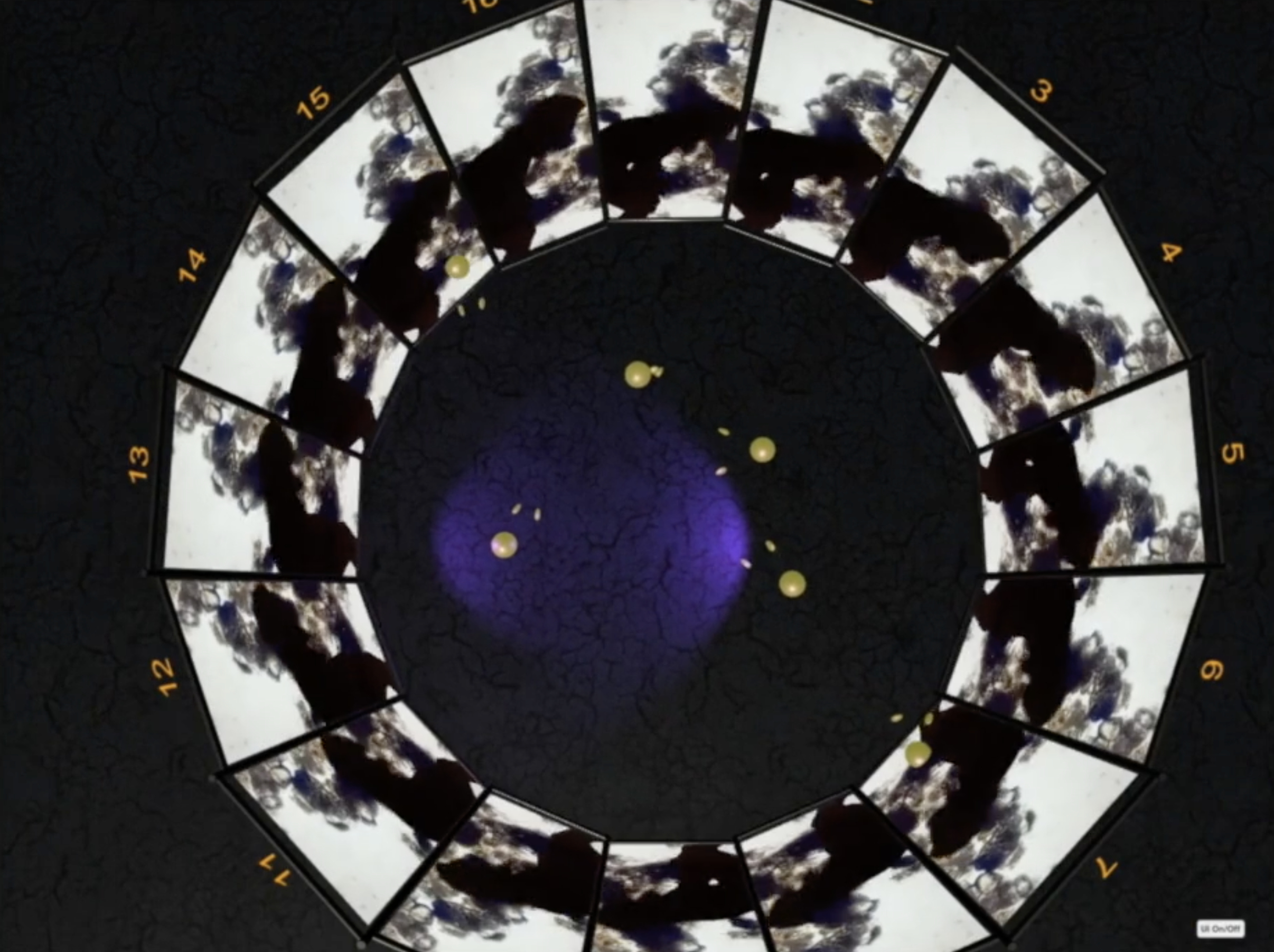
NOT NEAR ENOUGH (R&D)
Not Near Enough is an R&D VR theatre production where The Plague by Albert Camus collides with coronavirus as audience and performers interact.
“The immersive and interactive virtual playground we have created engages audiences in new and exciting theatre formats that allow performers and audiences to interact in real-time whilst in this virtual environment […] As part of our research we have created an interactive digital performance […] that tests the diverse functionalities of our virtual spaces.” – Klaus Kruse, Living Structures
All those horrors of the past are simply not yet near enough…
Story Juice was responsible for dramaturgy and text development for this multiplayer VR theatre production created as part of a StoryFutures-funded research scheme exploring immersive storytelling challenges. Not Near Enough was directed by Klaus Kruse of Living Structures and Falmouth University, with technical direction by Ciaran Clarke, VR development by Stephen Banbury, vocal direction by Verity Standen, executive production by Mark Laville and performance by Gwirvos Theatre. Further funding was also provided by the South West Creative Technology Network.It adapted the novel The Plague by Albert Camus to the experience of the coronavirus pandemic, as audience members donned VR headsets to meet in a dynamic virtual world, where they interacted with pre-recorded and real-time performance to progress through a range of spaces in non-linear exploration. 
It started with the bats.
You’re about to enter Oran in lockdown. You’ll meet different characters, and encounter various situations; but don’t expect our citizens to guide you, they’re too preoccupied. You must make your own way through by tapping on the many doors and windows, some hidden; but — don’t worry, you can’t get lost. We’ll always come back together.
You’ll find that Oran is an ordinary town struck by an extraordinary event; people here work, love and die with the same feverish yet casual air…
Stay still, stay still
not the slightest move now –
It’s spring, it’s spring
Who wants to think of death?
Script extract © Living Structures and Hannah Wood
Watch the 360 degree video documentation of the performance.
The dead they have no substance unless you see them die…
Not Near Enough was devised and staged to facilitate the research and development of a prototype for an adaptable, interactive VR theatre space where actors and audience can meet.Varyon VR was built in Unity and enables users to construct and animate immersive theatrical sets without having to program or code. The theatrical set consists of 16 interconnected panels that surround the audience, each functioning as a video screen that can playback pre-recorded footage, live stream video and transform shape. Primary audiences experience the virtual space by wearing VR headsets and secondary audiences view the event via a live stream. The VR space allows audiences and performers to interact and communicate directly with one another in real-time via the live streaming function. And users (e.g. performers and directors) operate it using phone cameras or computer webcams, ensuring it has wide accessibility. The tool offers new technologies for interactive theatre, innovative methods for productions to be staged and rehearsed remotely and is geared towards usage in both professional and educational contexts.Go behind-the-scenes of the production…








































